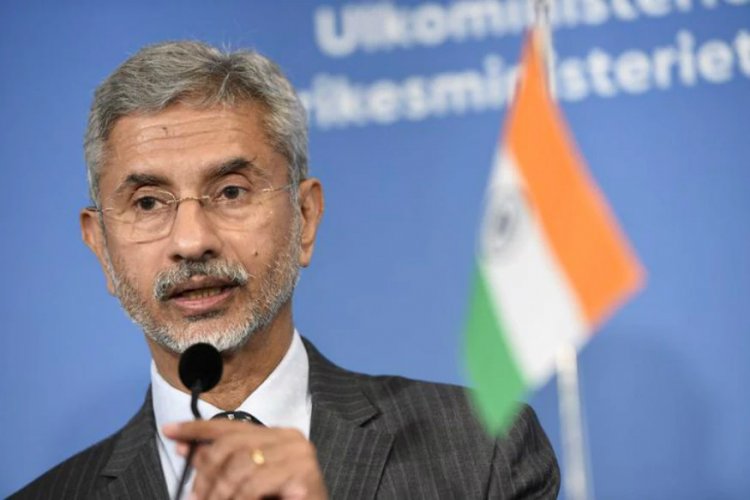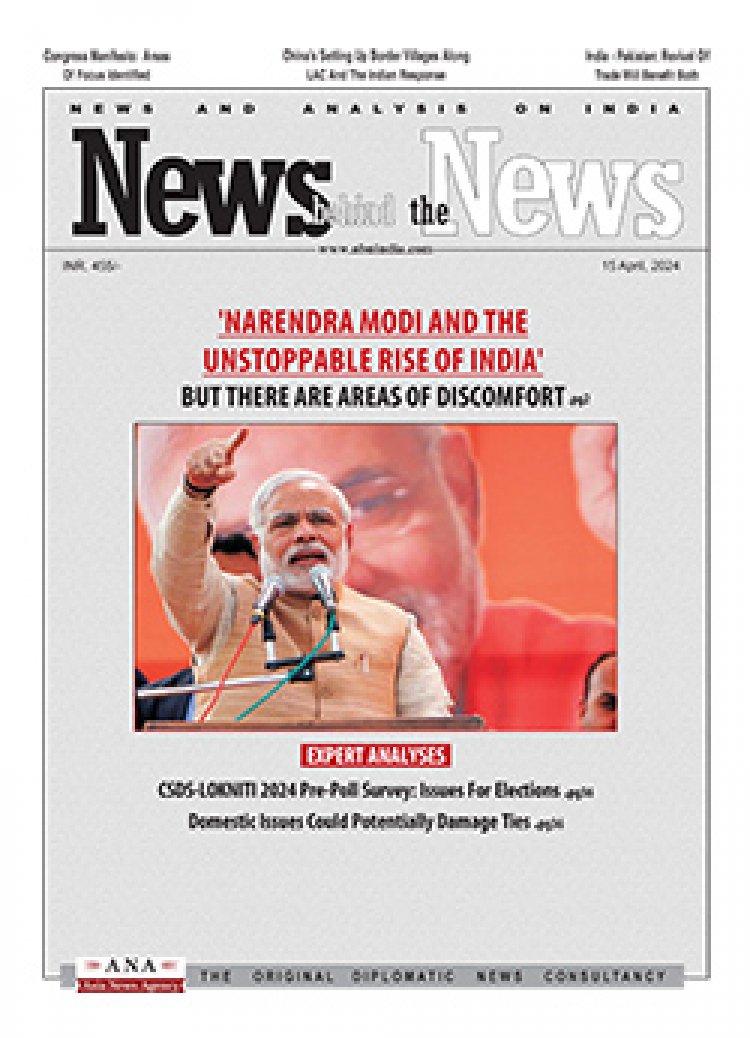Jaishankar’s ‘Multi-Alignment’ Theory
STORIES, ANALYSES, EXPERT VIEWS

In this fast-changing world of multiple and changing alliances, Sanjaya Baru (former newspaper editor, a best-selling author, and former adviser to Prime Minister Manmohan Singh) argues India has finally come around to the view articulated by external affairs minister S. Jaishankar in his book, The India Way: Strategies for an Uncertain World (2020), that it should spread its risks and not place all its eggs, so to speak, in any one basket. The essence of Jaishankar’s argument is that with the changing global balance of power and faced with major security and economic challenges, India would have to advance its “national interests by identifying and exploiting opportunities created by global contradictions”, extracting as many gains from as many relationships as possible. Jaishankar hypothesised that in a world in which it was likely that “there will be convergence with many but congruence with none” Indian diplomacy would have to be swift-footed and flexible and its “grand strategy” would perforce be defined by “multi-alignment”.
Jaishankar concludes that this is a time for India “to engage America, manage China, cultivate Europe, reassure Russia, bring Japan into play, draw neighbours in, extend the neighbourhood, and expand traditional constituencies of support”.
Although this is easier said than done, Baru says “ this is the path that India must now walk……India will always have a mind of its own even when it chooses to work closely with other nations. In that sense, there has been more continuity than change in Indian foreign policy. However, in a rapidly changing world every nation, big and small, has to remain alive to change and respond accordingly.”
The rise of the ‘Middle Powers’
The world, argues Baru “may well be moving in the direction of another bipolarity, with the United States leading what has been dubbed the ‘Anglosphere’ and China at the head of a ‘Sinosphere’, but for now global power equations are in flux. Even if the US and China get some countries to rally behind them there will remain many others willing and capable of retaining some strategic space. Such a group of countries, best described as the Middle Powers, would include Brazil, France, Germany, India, Japan, Russia and Vietnam. Other potential ‘middle powers’ would be Iran, Turkey, Nigeria and Egypt.
“…….While the US and China are creating their own group of friends, and may at times force the ‘middle powers’ to choose sides, not all would fall in line. If ‘non-alignment’ defined the ‘old’ Cold War, ‘multi-alignment’ will shape the ‘new’ Cold War.”
Baru argues that the emerging world order would be defined by ‘bi-multipolarity’ rather than bipolarity.
Reaching out to the smaller nations
However, in the view of Syed Akbaruddin (former diplomat), “even while working intensely with the big players and opening up new terms of engagement with middle powers, India needs to remain sensitive to the concerns of smaller States. This coalescence of the big and the cleavages among the great will worry many who can’t be classified either as big or great that their interests are being ‘neglected’.”
The former diplomat therefore, suggests PM Modi should use the UN speech on September 25 to reach out to smaller States and address their sensitivities. The last time he visited New York in 2019, he held several plurilateral meetings with groups of small States. The pandemic will not provide such opportunities now. Perhaps, the UN speech on September 25 can be the format for reaching out to them.
















